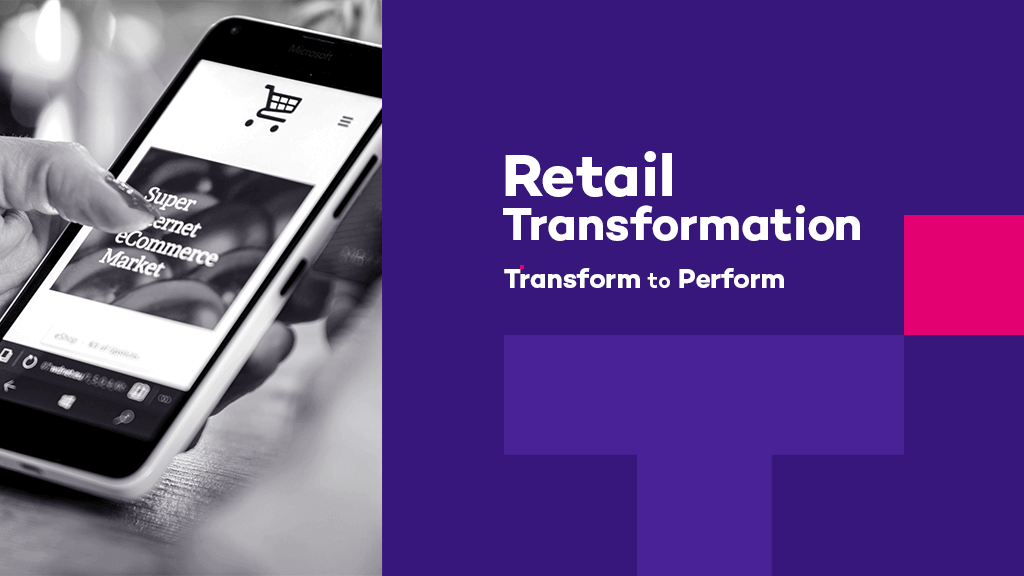Home › Blog › Transform to Perform › The software revolution: from licenses to SaaS mode
Computing has seen a revolutionary shift away from companies licensing software to replacing that with cloud-based computing. By doing so, they have been able to adopt Software-as-a-Service mode or SaaS mode. Embracing this innovation is critical for any firm that wants to keep pace with competitors by rapidly delivering new features to end customers.
The licensing model became standard in the 1980s as floppy disks made it easier to distribute applications. Someone wrote a program, and then another one paid for a license to use it. Prices varied widely depending on the software and the number of users. Typically, companies charged from 18% to 22% of the licensing fee in additional annual fees for maintenance and upgrades, according to Forrester. That initial licensing fee could be as little as 10% or less of the lifetime cost.
While the pricing was relatively simple, it still presented many drawbacks. Upgrades could be labor-intensive as each network or computer had to be updated with the latest version. And all that hardware would eventually become obsolete, requiring replacements to use the latest versions of the software. Finally, users had to make room for equipment such as routers and servers to power their networks.
A new generation began challenging this model, most notably Salesforce, the online customer relationship management startup which launched its “No Software” campaign in 2000. Just 2 years later, Amazon introduced its Amazon Web Services platform that has powered the rise of SaaS by making cloud services more affordable and accessible. Over the next decade, the expansion of broadband networks and then 4G mobile networks added the next building blocks for the SaaS revolution.
The SaaS model changes the licensing model by placing the core IT infrastructure in a centralized data center, what has become simply known as the “cloud.” Companies are now providing cloud-based services, or SaaS mode, for such critical enterprise tools as customer relationship management, financial management, and HR services.
This model offers numerous advantages that are making it increasingly popular. First, such SaaS platforms are generally paid for with a subscription. This has made pricing more predictable. It offers savings on IT management, frees up resources, and ensures that a company is always using the latest version of the service. The interface designs also tend to be more intuitive for employees. And for fast-growing enterprises, SaaS makes it easier to scale and onboard new employees while creating an expanding range of new features.
A recent report by Oracle suggested that 80% of all enterprise computing will eventually move to the cloud.
As a result, the report projects that SaaS mode and cloud-based services could increase employee productivity by 400%.
Of course, making such a shift is not without challenges. For instance, SaaS will likely require different workflows and demand different roles for some employees. Also, it’s important to understand existing legacy systems and what can and cannot be moved to the cloud. Many still have so-called hybrid systems that maintain existing on-premise IT systems for some tasks while using SaaS for others. This can be a logical short-term solution, but it can also create new layers of complexity. Finally, training on the new tools and communicating the benefits to employees is crucial for ensuring a smooth adoption.
Any such change is bound to cause some disruption and create work as it’s being implemented. But it’s increasingly clear that the most innovative and agile enterprises are embracing SaaS mode as a way to move faster and respond more efficiently to the demands of customers. Mapping out a clear strategy and seizing this opportunity is a critical investment all companies must consider in their future.





